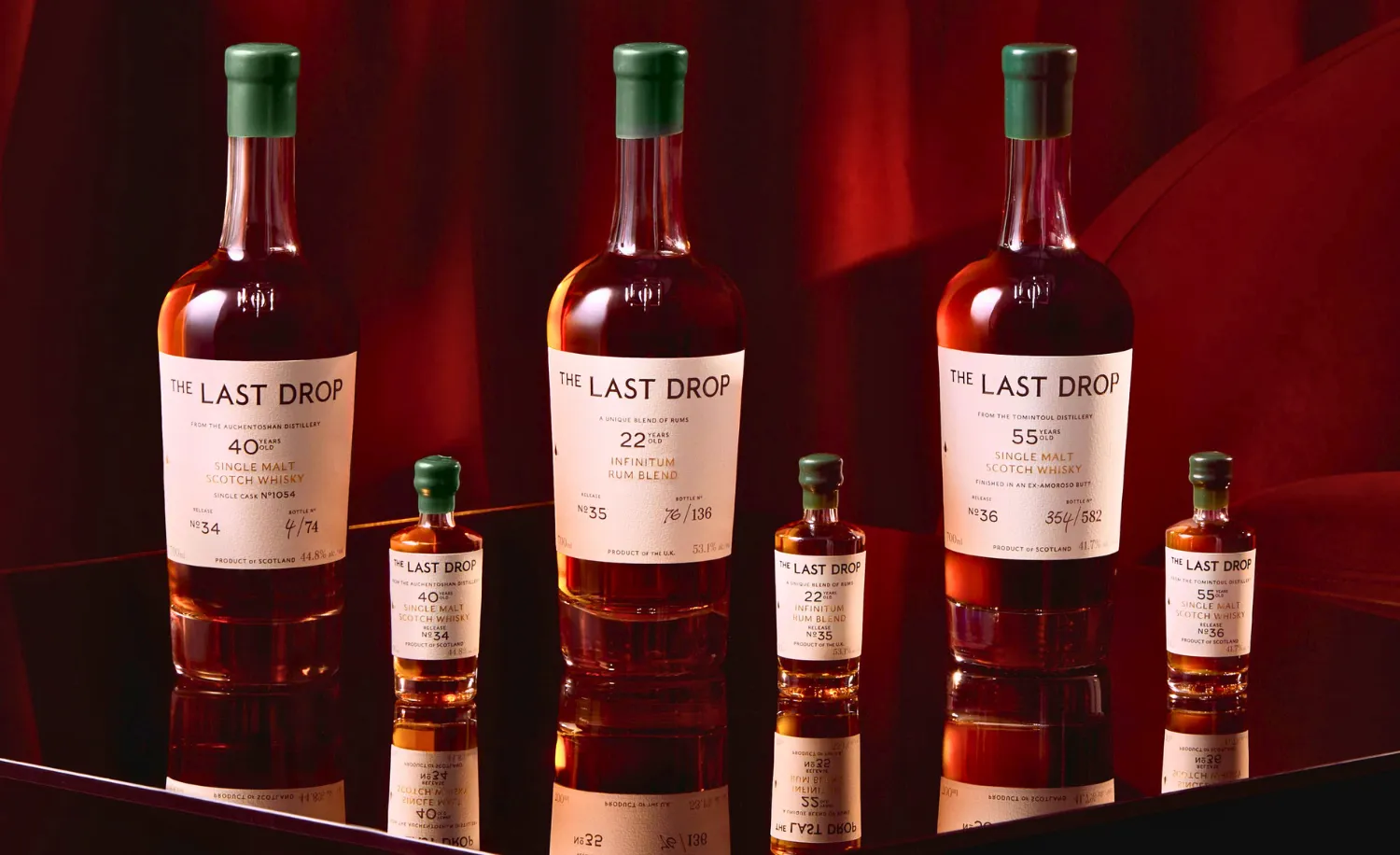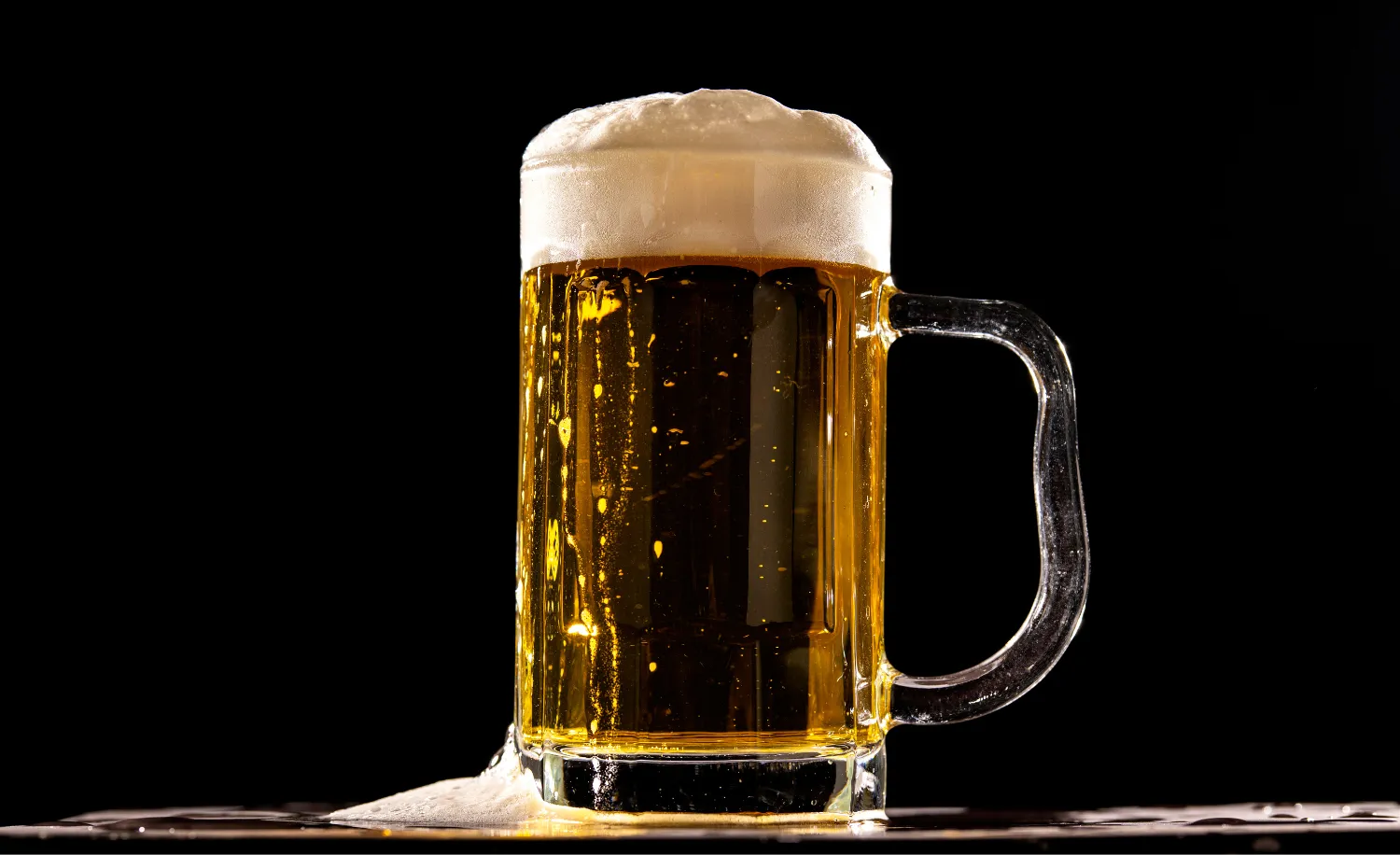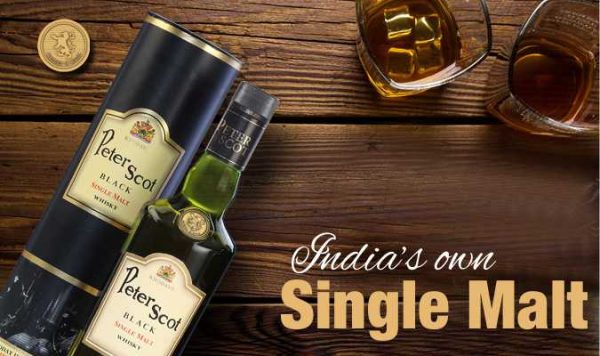For the ‘Sake’ of an authentic feel
Sake or Shochu is synonymous with Japan. Being a whisky enthusiast, I initially set out with the idea of visiting some famous Japanese whisky distilleries. But then I realized that any tour of Japanese distilleries was incomplete without visiting the sake breweries. A close friend suggested Masumi Sake as a place to kickstart my visit. He also connected me with Keith Norum– the Operations Head at Masumi and so there I was, headed to the Hakushu distillery.
Sure enough,Keith was there to pick me up and take me on a tour. After visiting the Hakushu distillery, we began our journey to Masumi Mill. The beautiful Nagano Prefecture was the highlight during the whole trip. After driving for about 30 minutes, we reached the Masumi Mill cum brewery and office. What struck me instantly were these exquisite vintage train bogies sitting pretty outside the office premises. I was told that the Masumi owner was fond of collecting vintage items and this was part of his collectibles.

At the brewery I noticed that the production had been stopped, apparently to install new equipment to enhance the quality of sake. At the milling area I witnessed rice polishing; I also checked and tasted the samples. Post this, Keith took me to Masumi’s shop and bottling plant located at the Suwa Region. We also visited the decades-old Masumi Shrine, which still had the foundation stone. Next came the production area where I saw some state-of-the-art equipment and processes, including the Koji mould manufacturing unit. Keith explained the entire manufacturing cycle of Masumi — from rice polishing to bottling. And then it was time to drink some sake at the tasting room.
A few variants of the Masumi sake I tasted:
Yawaraka – The taste was fruity and light with a lingering fragrance on the palate.
Okuden Kanzukuri – This one was subtle, smooth and sweet.
Namazake – This is made from seven selected yeasts; it is less fruity and more dry on the palate.
Plum Liqueur – Made from Masumi Shochu, plums and sugar, this one hada refreshing flavor with a slight tanginess in the finish.
Yuzu Liqueur – This is made from Yuzu citrus juice, sugar and Masumi shochu. What stood out for me was its fragrance with those little citrusy notes.
Having rounded off the visit with a quick purchase of some sake bottles and souvenirs, I left for Tokyo. Next on the list was the Doppokan – Miyashita sake brewery located at the Nishigwara Perfecture. I took a train from Shin Osaka to Nishigwara station, from where it was a 10 minute walk to the Doppokan Brewery. Having reached a little early, I got myself acquainted with another visitor, a Japanese whisky enthusiast who had visited most of the Scottish distilleries in the last few months. Like me, he was now visiting the Japanese brewery to enhance his knowledge of sake and beer production. We were the first to visit the brewery and enjoyed the privilege of a special tour of the entire production process at the Miyashita Brewery. We sampled some of the grains and rice varietals,

Which play an important role in lending a unique flavor to the Doppokon sake and beer. To my surprise, I saw a great selection of beers along with some of the finest sake and liqueurs this brewery had to offer.
Though I am not much of a beer person, I loved the chocolate beer they had and some of the liqueurs. We then tasted a few sakes like the Kiwamihiji Junmai which was both sweet and fruity. The next drink in my Japanese wooden shot glass, which they call the ‘Masu’, was the Kiwami Hijiri Yumeji Yoimachigusa sake. I loved this one; the texture was silky and the rice, malty and floral notes were hard to miss. It was medium sweet and produced the right alcoholic warmth. The last one I tasted was the Miyashita Takara Fune Junmai Ginjo sake. This one had an immediate aroma of refreshing sweetness — cherry blossoms with a hint of grain alcohol.
My last visit was perhaps the biggest sake brewery in Japan, the Hakutsuru sake brewery. I was to meet the General Manager, Ichiro. While I was waiting to meet him, I caught a glimpse of all those old tools used by them when they began making sake many years ago. Juxtaposed against this was a robot that introduced me to the various products of Hakutsuru brewery. I was pleasantly surprised to learn that I had an exclusive tour of their brewery waiting in store.
Inside plant 1 of the Hakutsuru brewery I visited the rice polishing area where nine huge machines polished tons of
Rice in just a few minutes. I was told that the quality of sake was highly dependent on the quality of rice polishing. The more you polish the rice, the more premium it becomes. So quite obviously, the quality of rice also plays an important role. Hakutsuru brewery had created their own variety of rice which they use for their sakes manufacture. This varietal is known as the Hakutsuru rice. Rice experts at the brewery also briefed us on the role of the magnet placed inside the polishing machine, which extracts minute impurities from rice, giving clear impurity-free polished sake for production.
We next moved to the washing area, where they soak and steam-wash the rice. A machine adds ‘Koji’, a mold, to the rice before letting it ferment. During fermentation, air is added through a nozzle. I was lucky enough to get a hands-on experience of churning and mixing during the live fermentation process. After spending some time here, we headed to see the clarification process at the end of the plant and then the big bottling plant area.
Ichiro then took me to the Hakutsuru shop for the tasting session, where I tasted TojiKan, the sake which was mellow and rich in flavor and which can be tried both hot and cold. The next one was the Hakutsuru plum wine, which had the famous Japanese Ume fruit that lent a crisp sweetness and a sour taste. It is often served with sparkling water and considered a dessert or an Aperitif.

Finally, I tasted the Tanrei Junmai sake, which is made with the addition of natural spring water flowing from Mount Rokko. It gives a smooth and semi dry feel to the flavor. After tasting these variants, it was time to pick up some keepsakes to take home. I bought a bottle of the Hakutsuru plum wine and was feeling very happy that I had covered three of the major sake breweries, with each having a different production capacity and method. I was lucky that I got to see both the traditional and modern methods of sake production. It was truly an insightful journey and I should perhaps enjoy some sake to celebrate the experience.








